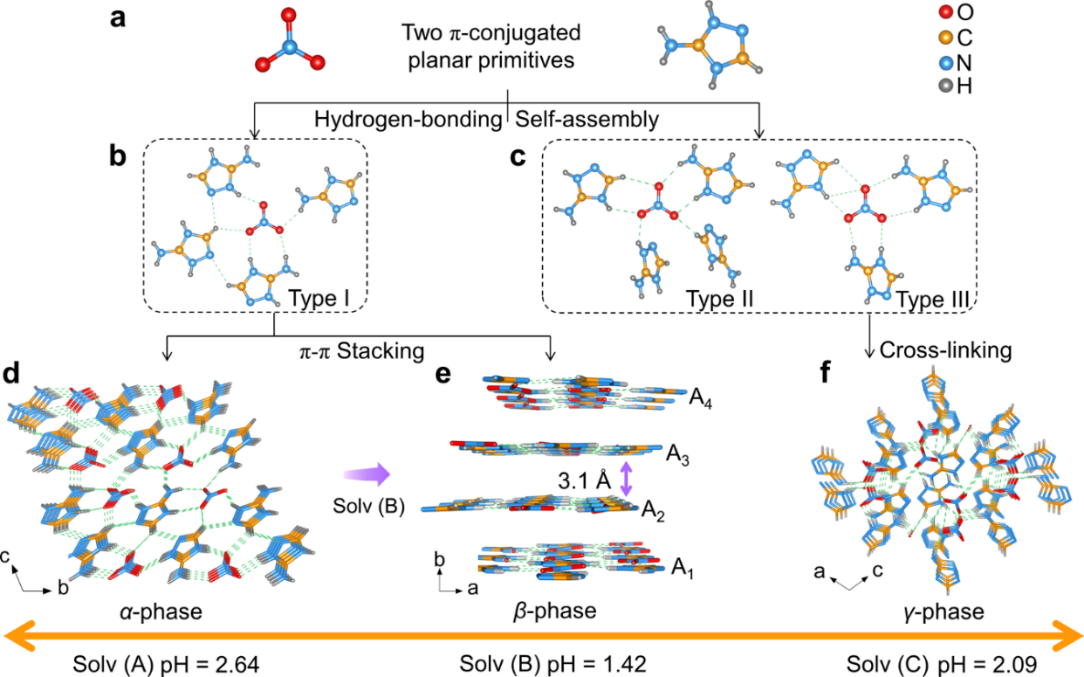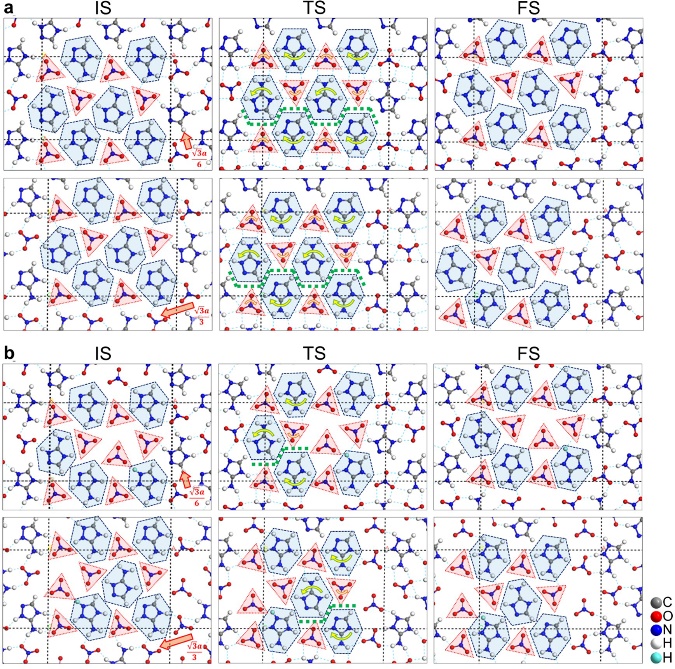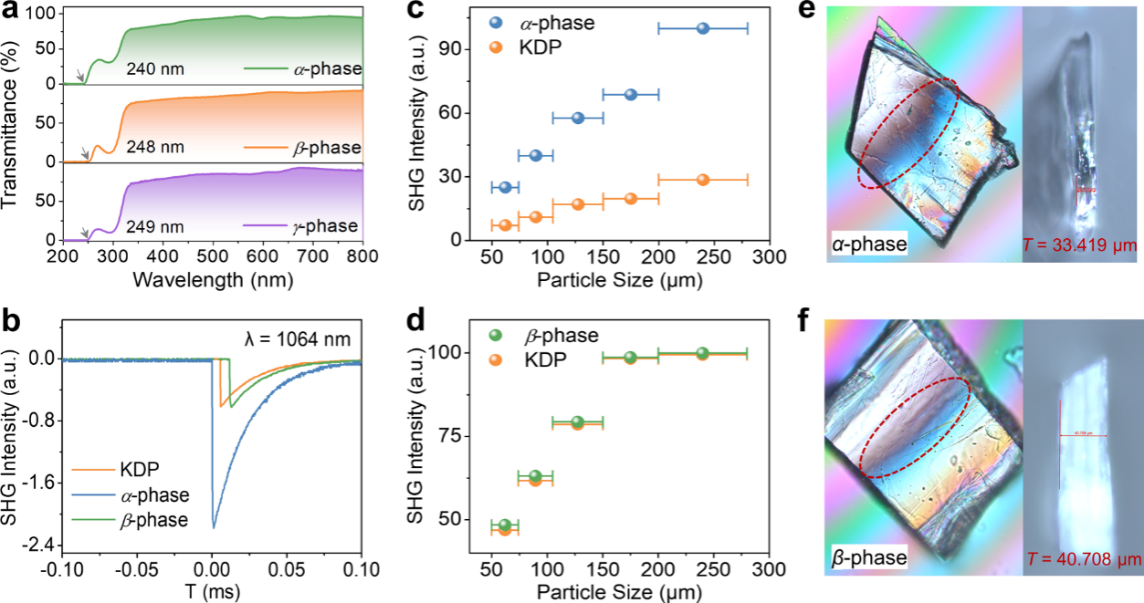The research team led by Professor Chi Zhang, Member of Academia Europaea, Member of German National Academy of Science and Engineering, and Founding Dean & Academic Committee Chair of the School of Chemical Science and Engineering of Tongji University, discussed and elucidated the formation and transition mechanism of polymorphic nitrate supramolecules and the correlation between polymorphic structure and nonlinear optical (NLO) properties. Their groundbreaking study was published in Angewandte Chemie International Edition with the title of "pH-Dependent Switching Between Nonlinear-Optical-Active Nitrate-Based Supramolecular Polymorphs" and was recommended as the cover paper for the current issue to highlight the report.


In the field of ultraviolet tunable laser technology, second-order nonlinear optical (NLO) crystal materials, which rely on the second harmonic generation (SHG) effect, have garnered significant attention due to their crucial role in strategic industries such as ultra-high-resolution lithography, biomedical imaging, and precision microfabrication. The functional realization of these materials depends heavily on the establishment of a non-centrosymmetric (NCS) crystal structure. However, the controlled synthesis of NCS crystal forms has long been hindered by the complex interactions between structural primitives. Overcoming the limitations imposed by thermodynamically stable phases and achieving crystal materials with specific NLO properties remains a significant scientific and technical challenge in the field of NLO crystal materials.


We report herein the first successful synthesis of a set of three nitrate supramolecular polymorphs (C2H5N4)(NO3) (α‑, β‑, and γ-phases) by a pH-modulation secondary-bond strategy, via the assembly of two types of p-conjugated planar primitives. Solutions of different pH result in differing orientation of secondary bonds between [C2H5N4] and [NO3] primitives. Secondary bonds dominate the packing of primitives in crystal lattices; varying these secondary bonds can afford NCS or centrosymmetric nitrate supramolecular polymorphs, with 2D α‑phase irreversibly transformed to 2D β‑phase in a solution of appropriate pH. These two polymorphs display distinctly different SHG responses and birefringences, ascribed to variation in stacking of 2D hydrogen-bonded layers resulting from the differing environmental pH. Supramolecular crystal structures comparison and theoretical studies confirm the crucial role played by secondary-bond interactions between adjacent primitives in the rare nitrate supramolecular polymorphs. This work paves the way in elucidating the supramolecular polymorph transition-mechanisms and correlating the polymorph structures and their NLO properties, and thereby discloses a new paradigm for development of high-performance NCS materials with tailored optical properties.

Professor Chi Zhang is the corresponding author of the paper, while Professor Chao Wu and Associate Professor Guangfeng Wei are co-corresponding authors. The co-first authors of the paper are Qiao Xia, Chunbo Jiang, Haijun Zhang, Yilei Hu, and Lu Qi, all doctoral students from the School of Chemical Science and Engineering. Professor Zhipeng Huang also contributed to the related research. This research work was supported by the National Natural Science Foundation of China, the Ministry of Education of China for the Changjiang Innovation Research Team, the Ministry of Education and the State Administration of Foreign Experts Affairs for the 111 Project, and the Innovation Program of Shanghai Municipal Education Commission.
Paper Link: https://onlinelibrary.wiley.com/doi/abs/10.1002/anie.202503136